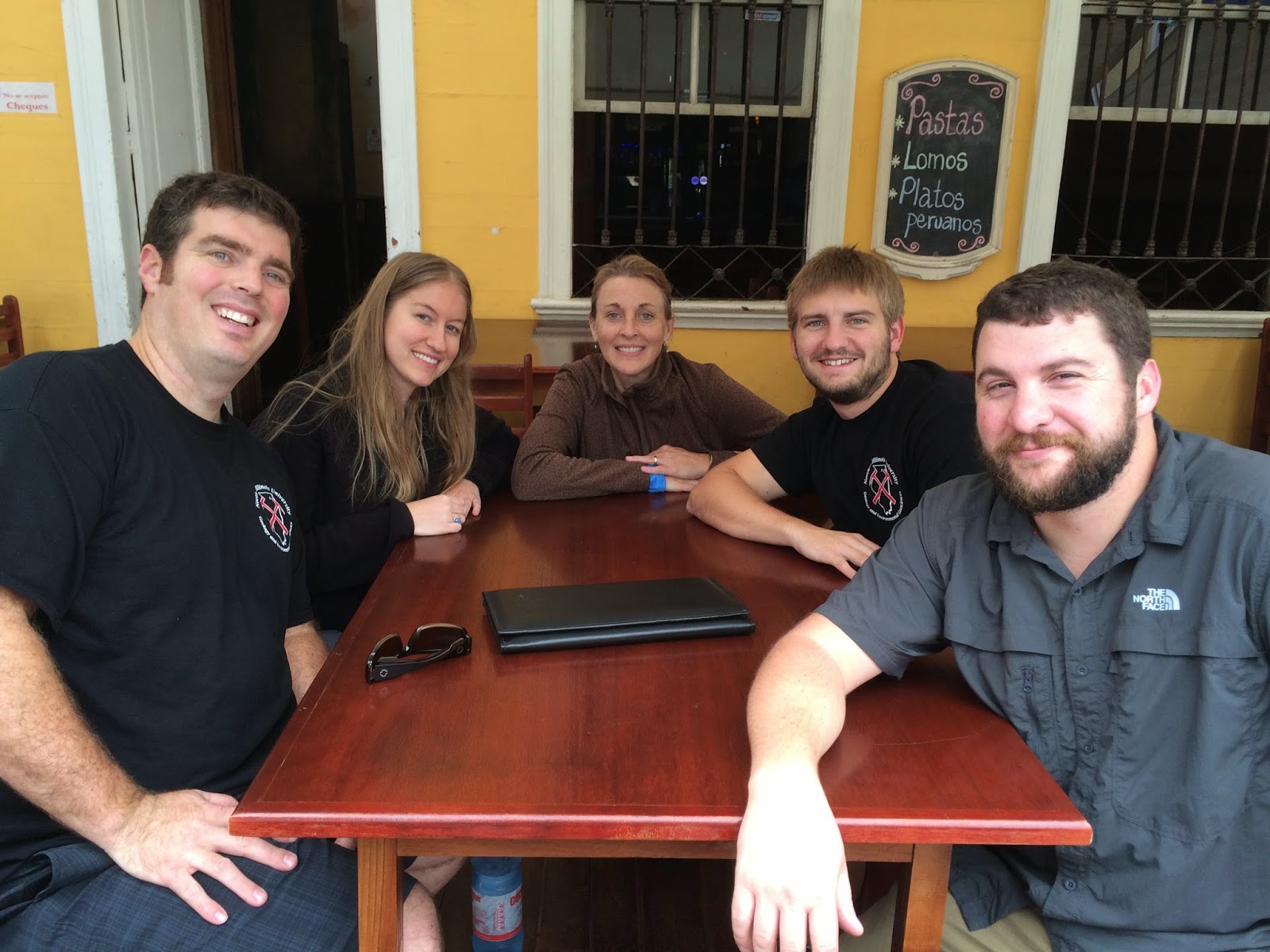We saw lots of interesting animals.


Also in this area is kind of wild llama (or alpaca) called a vicuña. The vicuña are endangered and only live at high elevations in the Andean Mountains of Chile, Peru, Bolivia, and Argentina.
We saw two kinds of interesting birds. Rhea are a large bird, like an emu or an ostrich, that cannot fly. How about the pink birds in the background? Do you know what those are?
Those are flamingos! Wild flamingos live in many of the high elevation lakes in the Andean Mountains. Here is a closer look at some of the ones we saw today.
Although this picture is not an animal, we where really excited to see this, too. This is a Llareta. It is a kind of plant that that grows on rocks and only lives at elevations above 10,000 ft in the Andean Mountains.
This last picture is of the Salar de Huasco. We are going back to this area tomorrow and will talk more about our research here in our next post.
















